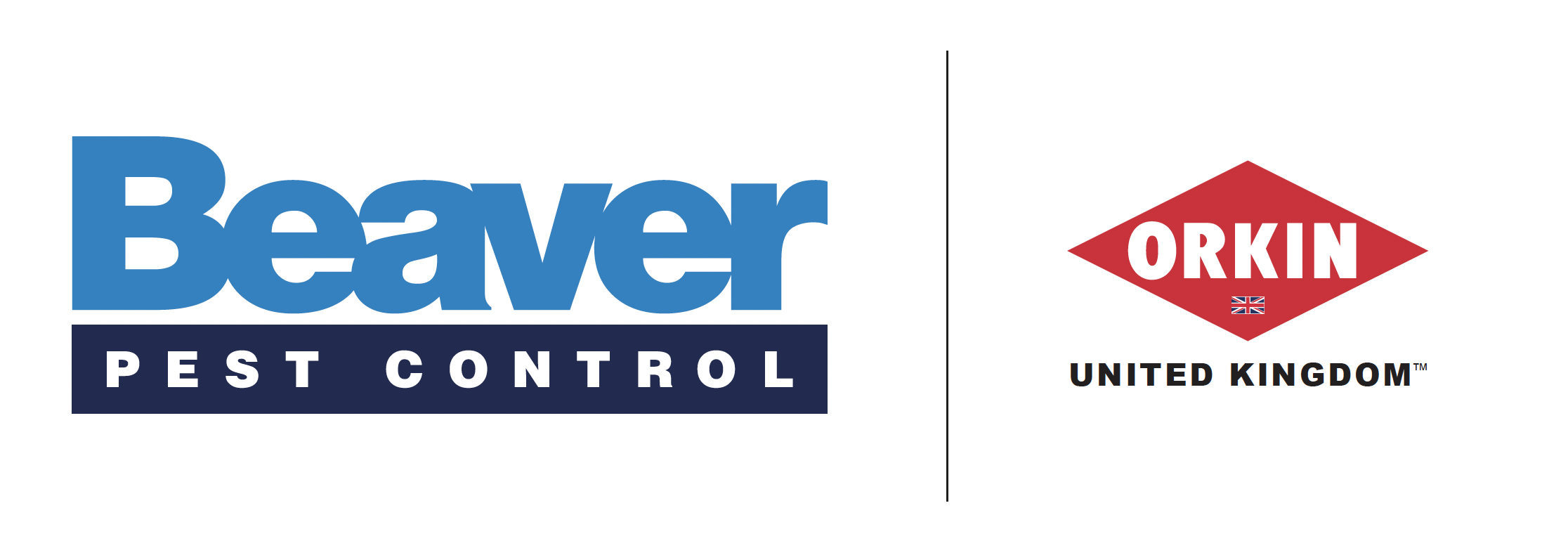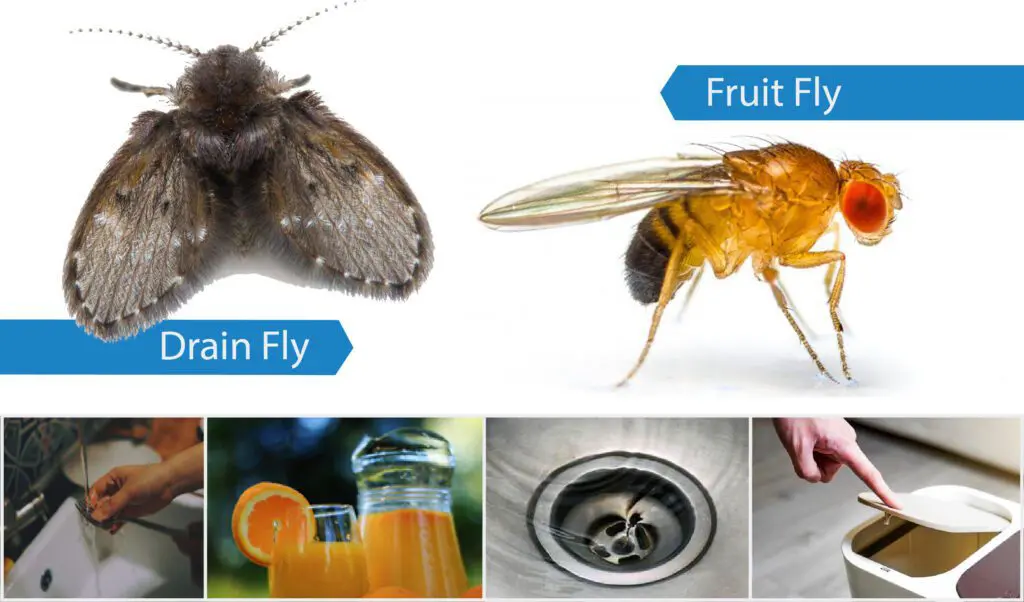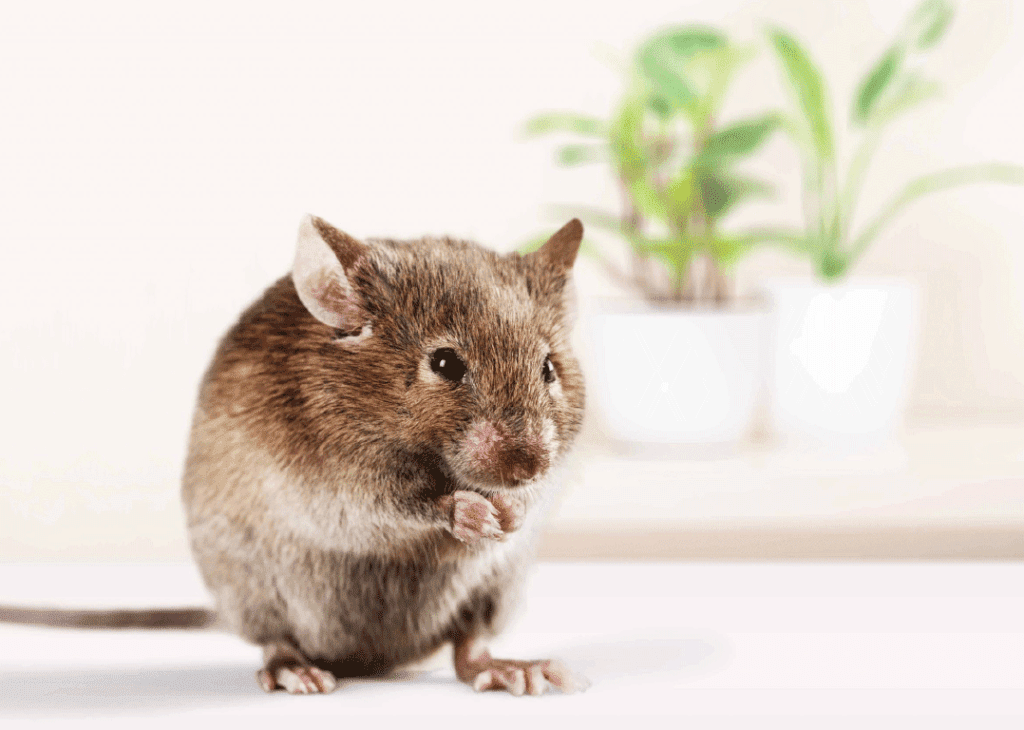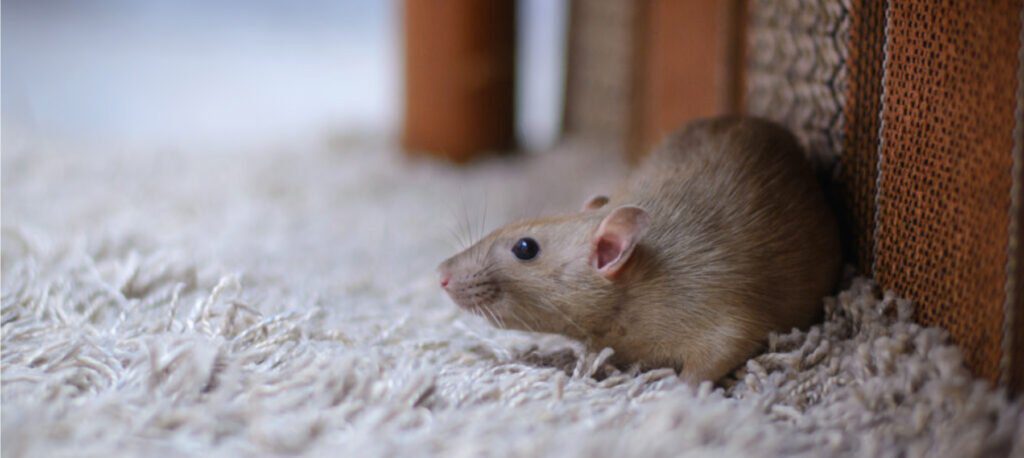Drain fly or fruit fly problems ?
Do you have problems with drain flies or fruit flies?
Preventing these pests is all about hygiene practices, identifying the breeding sites and removing them. Fruit flies and drain flies aren’t particularly attracted to UV light either like other types of flies so EFK (electronic fly killers) are less effective in dealing with these types of fly.
The only long-term solution for these flies is to remove the breeding sites through thorough cleaning.
How we can help you.
Beaver Pest Control has a dedicated environmental fly prevention team. If you keep getting problems with these pests we can carry out a full audit for you, locate the breeding sites and our specialist team can deep clean these areas for you. The audit will help support due diligence and can be shown to EHO’s.
Preventing Drain flies also known as filter flies.
These tiny flies are very often found hovering by drains and stagnant water. The first job is to remove the breeding ground as they breed in the organic matter found in drains, grease, food and general sludge. Keeping drains free of this material will prevent drain flies breeding. It is important to remove stagnant and still water from anywhere where it is pooling.
Preventing Fruit Flies
Fruit flies and drain flies are often confused with each other as they are similar sizes. Fruit flies have red eyes though.
As with drain flies, fruit flies can easily be dealt with by removing the breeding grounds. In this case it will be fermenting fruit, juice or wine.
Moisture, decaying or fermenting fruit or debris and warmth and typical breeding sites.
Try checking these places:
1. The bottom of refuse bins.
2. The area where empty bottles of juice or fizzy cans are stored prior to recycling.
3. Under food preparation areas or the gaps in-between worktops.
4. Standing water under fridges or ice machines.
5. In between or under damaged floor tiles.
6. Do not leave damp mop heads facing down in the bucket in a warm store. Turn the mops upside down and make sure there is enough air for them to dry out properly.
7. Fruit left out which is starting to ferment.
Once you have found the breeding site, it is just a matter of cleaning it thoroughly. Stagnant / still water, warmth and organic matter are all these insects need to breed.
Remove the environment and you will remove the problem.
Need our help? Call 0208 355 3443 to talk to our customer service team.




